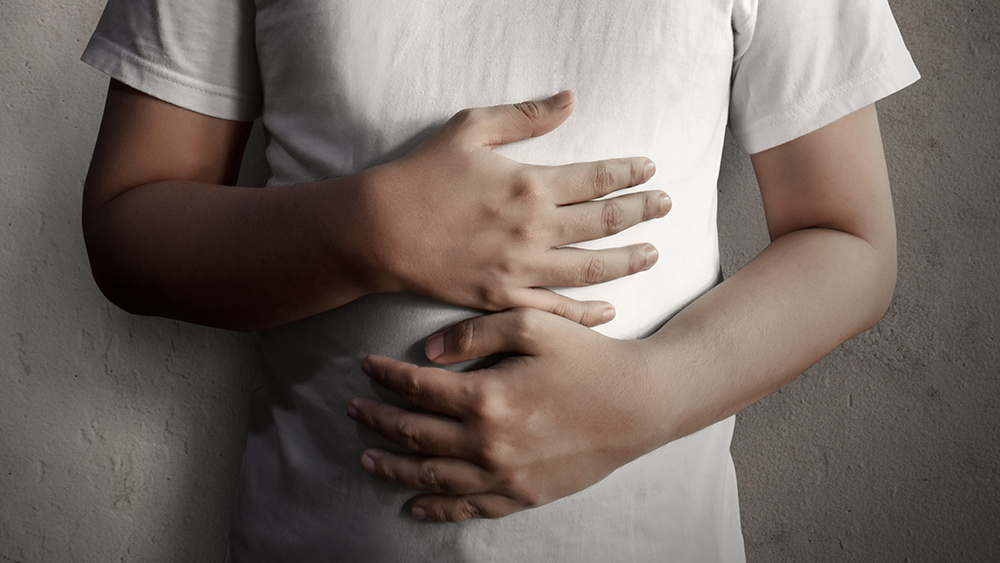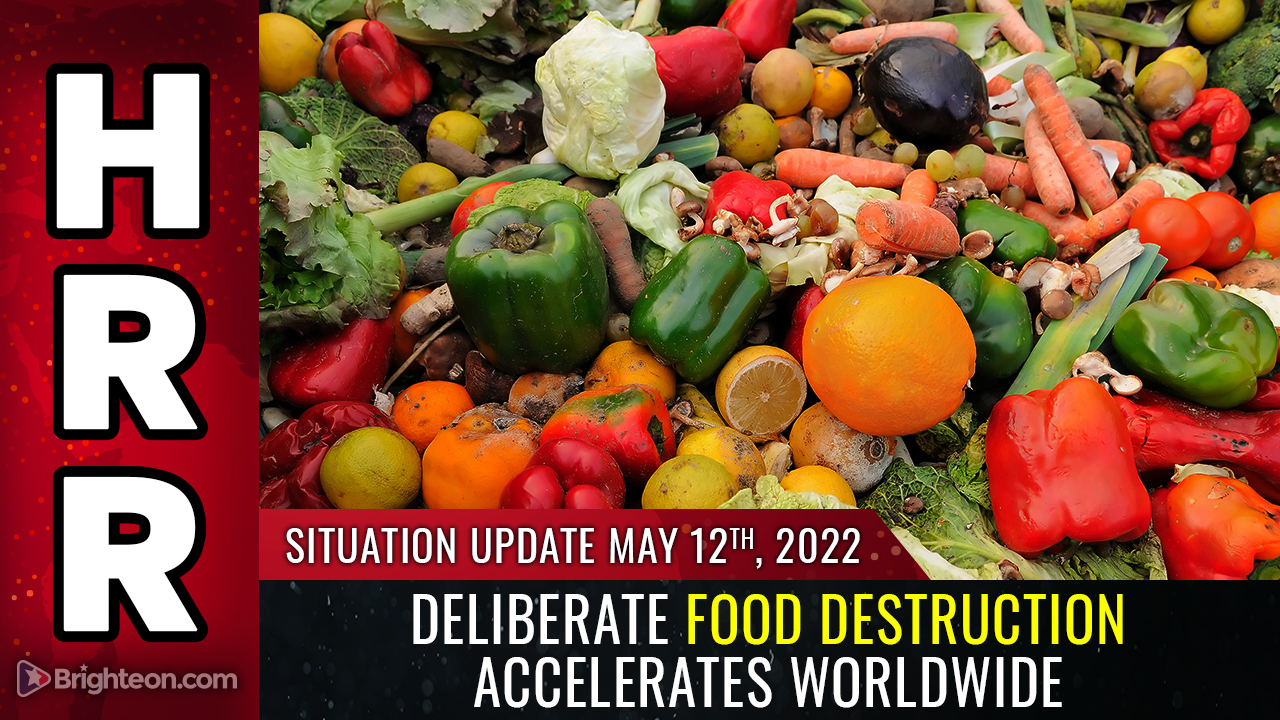Microplastics have reached farmland; experts say recycled wastewater and garbage are to blame
01/26/2020 / By Rose Lidell

Plastic waste is an ongoing environmental concern. Yet while people attempt to reduce plastic pollution by making more eco-friendly lifestyle choices, the problem persists.
Microplastics, which are very small pieces of plastic similar in size to a grain of rice or are too small to be seen by the naked eye, pollute both sea and land. Animals that are part of the food chain can accidentally consume microplastics, endangering their lives and the lives of their predators, which often include humans.
Several studies have already tackled the effect of microplastics on aquatic life, but researchers are concerned about another issue that’s being ignored: microplastics in biosolids used as fertilizer in farms.
Microplastics have also been linked to organ damage. The plastic fragments can leach toxic chemicals that negatively affect growth, immune function and reproductive health.
According to researchers from the Norwegian Institute of Water Research, as many as 730,000 tons of microplastics are added to farmlands in North America and Europe every year.
After assessing agricultural spaces and landfills, the researchers reported that the former often has the most plastic contamination. Plastic waste in agricultural spaces come from garbage and recycled water.
Plastics in biosolids (also known as biosludge) come from the following sources:
- Microbeads from cleaning products
- Plastic garbage
- Rubber debris from tires
- Synthetic fibers (e.g., cleaning wipes or lint from the laundry)
Biosolids are helping microplastics contaminate the earth
Biosolids account for a huge part of microplastic contamination. This is fertilizer made using treated sewage, and it’s about as disgusting as it sounds. In Australia alone, as many as 19,000 tons of microplastics are applied to farmland every year from biosolids.
One big problem is that much of the biosludge is treated, which makes the problem worse by breaking down particles. The smaller these particles become, the more areas they can penetrate, getting into the food chain at the lowest point possible and being easily transported upward. Those measuring in the nanometer range, for example, can cross a cell membrane.
Scientists aren’t sure how all these microplastics are affecting agricultural ecosystems, but it can’t be good. Ecologists have expressed frustration at the lack of awareness about this issue and the resulting dearth of research funding. It’s also a relatively new problem in the sense that long-term studies can’t show us the true extent of the danger.
Mark Browne, an ecologist from the University of NSW, said that hidden microplastic buildup is allowing hazardous chemicals to make their way into the food chain. He stated: “We’ve shown these tiny particles of plastic last for a long period of time, and they can be accumulated by organisms and they can transfer from point of entry into organisms’ tissues.”
Swedish University of Agricultural Sciences associate professor Martyn Futter told Australia’s ABC that people are failing to consider what happens to these biosolids after they’re used on land. He said that the endocrine disruptors and carcinogens in the plastics can leak out and adversely affect soil.
Why isn’t the problem of microplastics in biosolids – and even biosludge use itself – getting the kind of headlines microplastics in oceans have attracted?
Sources:
Submit a correction >>
Tagged Under:
agriculture, Biosludge, Biosolids, Ecology, environ, environment, farming, food safety, food supply, harvest, microplastics, plastics, toxic sludge
This article may contain statements that reflect the opinion of the author
RECENT NEWS & ARTICLES
COPYRIGHT © 2017 HARVEST NEWS




















